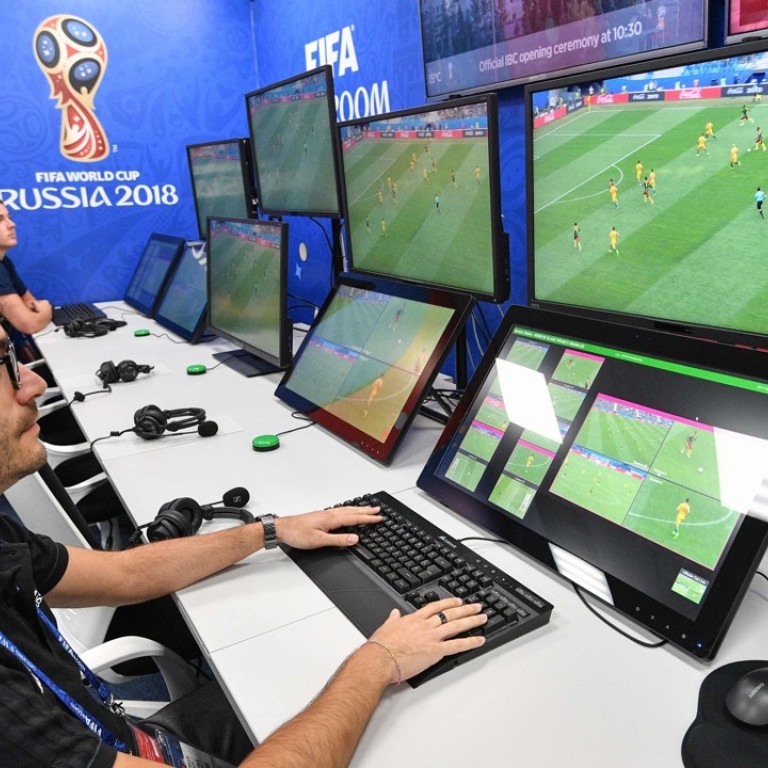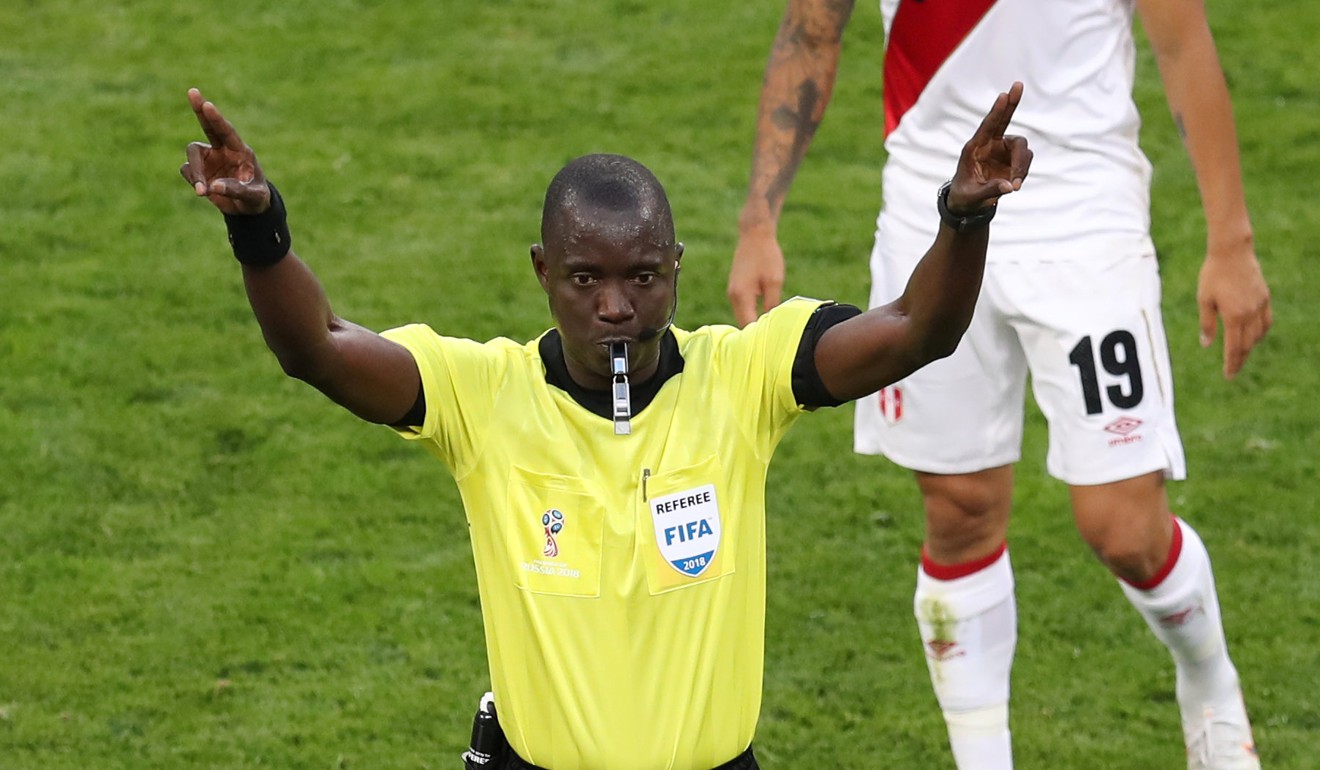
Fifa World Cup: what is the video assistant referee (VAR), how does it work and how is it used at Russia 2018?
Your guide to the technology that is making its tournament debut and proving controversial to some supporters
Maybe it was always going to be this way since IFAB, the body in charge of the laws of the game, approved the use of video technology for all 64 games in Russia during the months leading up to the tournament.
But for all the opinions on VAR, do people know exactly what it is and how it can play a part in games?
What is VAR?
Video assistance is a support mechanism for the match referee where a team of qualified referees are watching the game and can communicate with him via earpiece to suggest if certain “clear errors” and “missed key decisions” warrant a review.
How does VAR work?
The video assistant referee does not make any decisions but can suggest that a referee review their decision or lack of decision of an incident during the match.
A hand to the ear means the referee is communicating with the VAR team. If he decides to review then he will make a screen gesture.
The final ruling comes from the referee on the pitch after he has looked at the pitchside review screens.

Who is the VAR?
The video assistant referee and his three assistant video assistant referees make up the four-man VAR team for each match. They are selected from 13 fully qualified Fifa match officials that have been invited to Russia 2018 for VAR duty. During each match they watch replays picked out by a team of replay operators.
They have access to all official broadcast cameras – up to 33 – plus two more dedicated offside cameras, with each assistant VAR given a particular remit and the VAR leading the team and talking to the match official.
The VAR team is based in Moscow at the international broadcast centre. The VAR Room that you see on screen is in touch with match officials at the 12 World Cup grounds from their central base in the capital.
What can VAR look at?
The VAR can help with four match-changing situations as listed by Fifa:
1. Goals and offences leading up to goals – was the ball out of play in the build-up or was a player offside? Was there a foul by an attacking player or offside interference?
2. Penalty decisions and offences leading up to penalties – was there a foul leading up to the penalty or by the attacking player? Was the foul outside the box, was the ball out of play or was there an attacker offside?
3. All direct red card incidents
4. All cases of mistaken identity
Can teams call for VAR reviews?
No. Unlike other sports such as cricket and tennis, reviews only come from interaction between the referee and the VAR team in Moscow via the referee’s earpiece. The decision to review rests with the match referee.

Has VAR been a success so far?
That depends who you ask. England’s fans, players and coach Gareth Southgate all thought that the Three Lions should have been given penalties for Tunisia’s overzealous marking of Harry Kane in their group G game.
Australia’s players were a little disappointed to make history in giving away the first VAR penalty in the World Cup but the decision has been seen as correct. Antoine Griezmann scored the penalty.
Peru also had a penalty correctly given when Christian Cueva was taken out by Denmark defender Yusuf Poulsen, although many wondered why the referee saw the need for a review when it was a clear penalty.
The Iceland v Argentina game had a couple of non-instances of VAR. Iceland wanted a review on a penalty shout but were probably happy enough that Argentina did not get one after Cristian Pavon was tripped by Iceland defender Birkir Saevarsson but the referee did not see it. The VAR team did not suggest a review.
By and large the use of VAR has not been disruptive to the game, with referees waiting for the next break in play, and Pierluigi Collina’s team of match-day and VAR officials have been credited as a success.
Some pundits have suggested that the presence of VAR has made officials reluctant to make marginal calls, instead choosing to wait for their support team to indicate whether a review is necessary.
Others have complained that there are too many penalties but if fouls are happening that were previously going unpunished, surely more goalscoring opportunities are a good thing?

